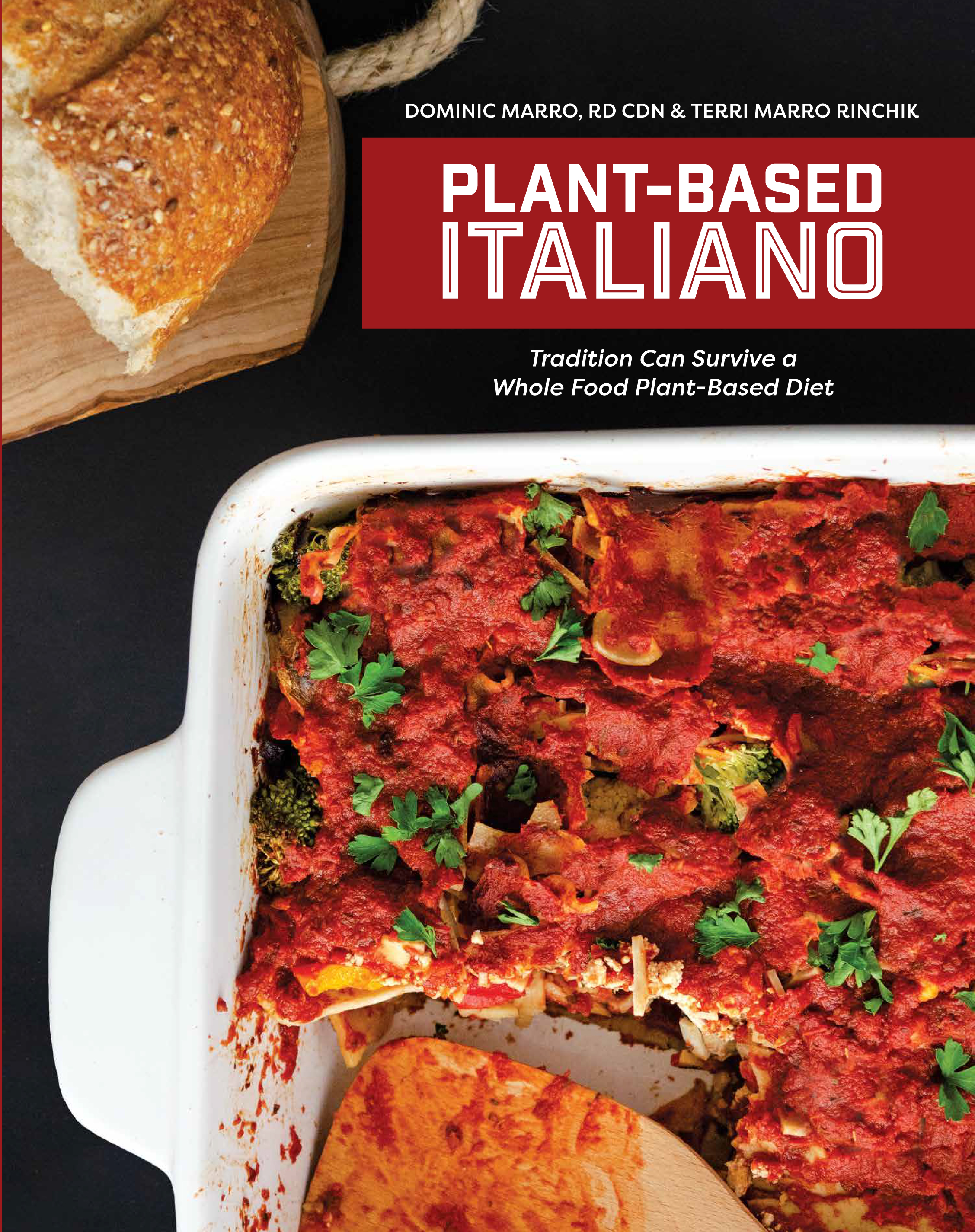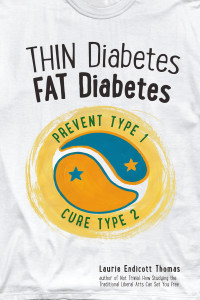What is the Endothelium?
Endothelial cells (EC) make up the thin layer lining the walls of arteries. This lining is sometimes referred to as the endothelium. Research over the last 25 years has shown that the endothelium is an active, multi-functional organ that plays a vital role in metabolic, immunologic, and cardiovascular health. The endothelium plays a major role in preventing cardiovascular disease.
Think of the endothelium as both a healer and protector. It heals by dissolving clots and lowering blood pressure. It protects by keeping cholesterol and fat from entering blood vessel walls. It keeps blood flowing smoothly preventing injury to the blood vessel.
Much of the healing and protective properties of the endothelium come from an important substance called Nitric Oxide (NO).
What is Nitric Oxide (NO)?
NO is a compound that is toxic, but which, paradoxically, plays a number of important roles in the body, including the following:
- It acts as a vasodilator – (blood vessel relaxant)
- It therefore controls blood flow to tissues
- It regulates the binding and release of oxygen to hemoglobin
- It thereby controls the supply of oxygen to mitochondria (cell powerhouses that generate energy)
- It kills parasitic organisms, virus-infected cells, and tumor cells ( by inactivating respiratory chain enzymes in their mitochondria)
- It stimulates the production of new mitochondria
The 1998 Nobel Prize in Medicine or Physiology was awarded to Robert F. Furchgott, Ferid Murad and Louis Ignarro for their discoveries of the role of nitric oxide in cardiovascular physiology.[i]
What impairs NO production?
The Standard American Diet (SAD) is a diet filled with fat, cholesterol, salt and sugar. Such a diet damages endothelial cells and, over time, insufficient NO is produced. Without enough NO, the endothelium loses much of its ability to protect arteries from the disease processes that can lead to heart attacks and strokes.
Whole Food Plant Based Diets (WFPB) and NO production?
In their book “The Nitric Oxide Solution”, authors Nathan S Bryan, PhD and Janet Zand, OMD explain the mechanism of how certain whole plant foods increase NO production and preservation. They developed something called The NO Index. A food with a high NO Index number contains phytonutrients (plant nutrients) that help the body to produce and preserve NO. Doctor Bryan and Dr. Zand believe that the NO index is a useful tool for anyone interested in cardiovascular and overall health. Although fruits, whole grains and legumes are important foods to eat on a regular basis, vegetables, in particular green leafy vegetables, are the NO champs as you can see from the list below of the highest scoring veggies:
| Veggie | NO Index Score |
| Kale | 6825 |
| Swiss chard | 2055 |
| Arugala | 1452 |
| Spinach | 1123 |
| Chicory | 938 |
| Wild radish | 814 |
| Bok Choy | 775 |
| Beet | 632 |
| Chinese Cabbage | 499 |
| Beet (root) Juice | 482 |
| Lettuce | 388 |
| Cabbage | 312 |
| Mustard Greens | 226 |
| Cauliflower, raw | 167 |
| Parsley | 150 |
| Kohlrabi | 136 |
| Carrot | 127 |
| Broccoli | 122 |
It’s no wonder that Dr. Caldwell Esselstyn Jr., of heart disease reversal fame, recommends that cardiac patients eat green leafy veggies throughout the day.
Although “The Nitric Oxide Solution” contains some recommendations with which I disagree (eg, don’t make the recipes), it does include additional dietary and non-dietary methods to increase NO. Therefore, I think it is a worthwhile read. Dietitians can earn continuing education credits through Helm Publishing.
In this short video, Dr. Michael Greger explains how the antioxidants in plant foods can increase NO activity and arterial blood flow throughout our bodies.
In this video, Dr. Greger explains why nitrites formed from eating nitrates in plants results in the production of NO and are beneficial to health. He also explains why nitrites in meats are not converted to NO and are actually dangerous.
The important message to remember is that Nitric Oxide, in spite of its acronym, is a very positive substance.
[i] http://www.medicinenet.com/script/main/art.asp?articlekey=22508
.






 E Excerpt from Laurie Endicott Thomas’s amazing book Thin Diabetes – Fat Diabetes by clicking here!
E Excerpt from Laurie Endicott Thomas’s amazing book Thin Diabetes – Fat Diabetes by clicking here!
Dom — I sincerely appreciate you sharing this type of information. I hate to admit it, but I was not very knowledgeable about endothelial cells and nitric oxide. Fortunately, kale, spinach, and arugula are my favorite three leafy greens — so it was great to read your blog post. I’m looking forward to purchasing a copy of “The Nitric Oxide Solution.” Again, thank you for all the information you share to help make our lives healthy!